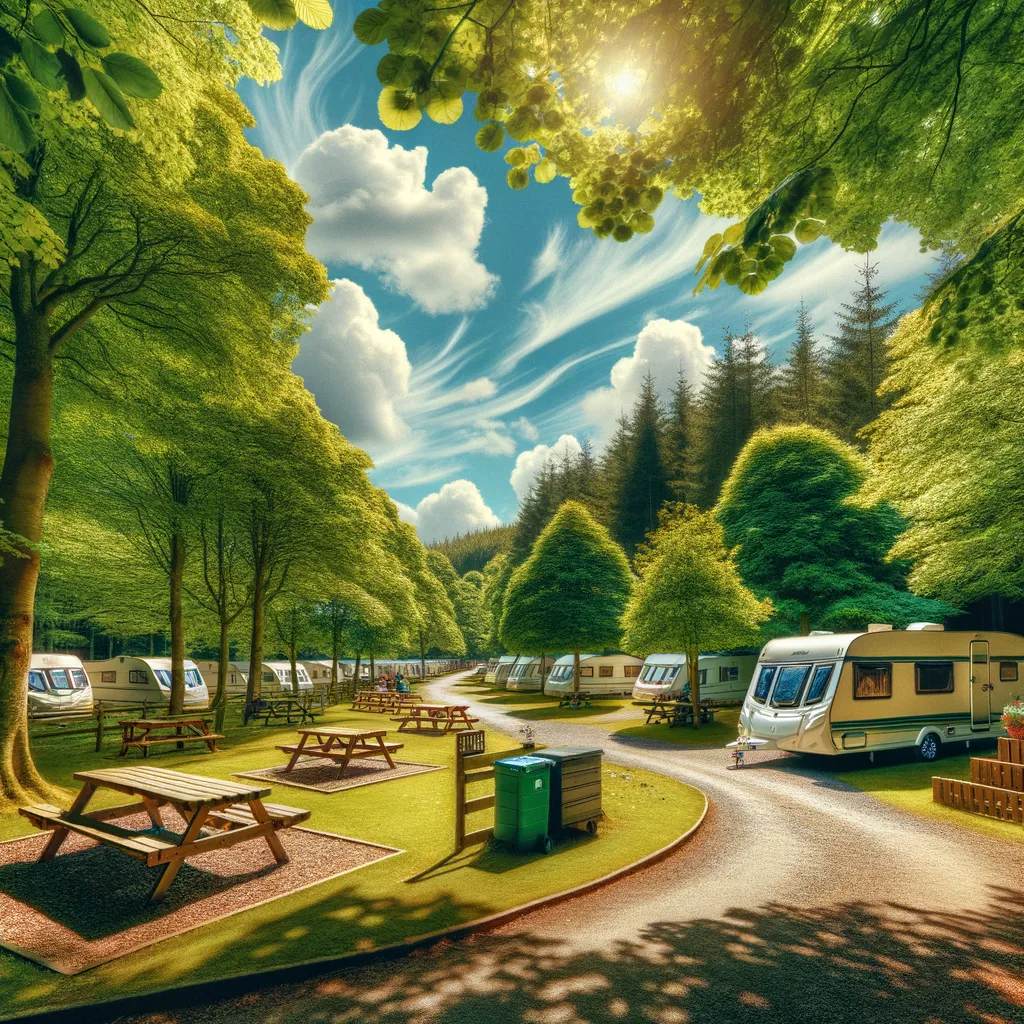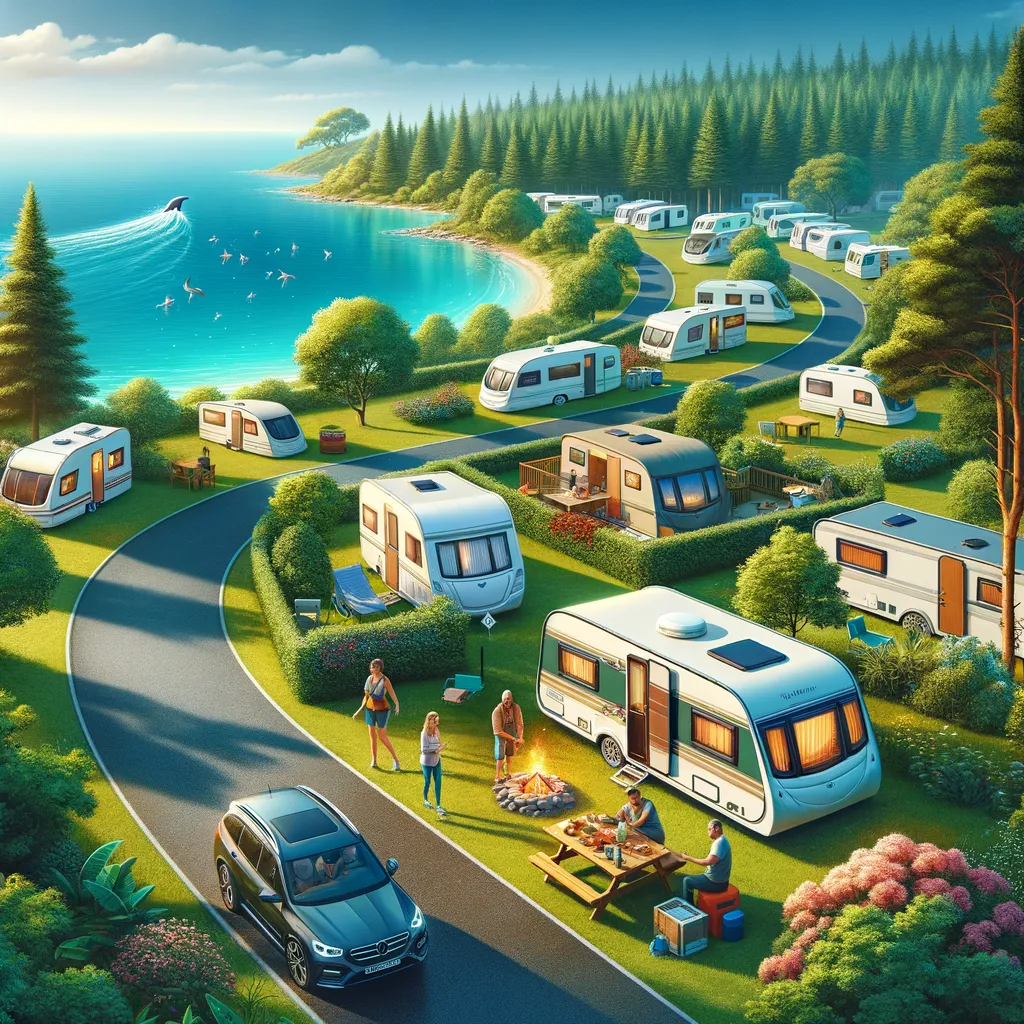Embark on an Eco-Friendly Adventure: Building Your Tiny House Haven
Welcome to the beginning of an exhilarating journey where sustainability meets adventure living. The dream of crafting an eco-friendly tiny house that harmonizes with nature while offering you freedom and mobility is within reach. This guide is here to walk you through the essentials of making that dream a reality, emphasizing eco-conscious choices and innovative solutions for the environmentally savvy adventurer.
Why Choose an Eco-Friendly Tiny House for Adventure Living?
Choosing to build an eco-friendly tiny house is more than a lifestyle choice; it’s a commitment to reducing your environmental footprint while embracing the beauty and freedom of the great outdoors. These quaint homes offer the unique opportunity to live more sustainably, consuming less energy and resources, and enabling you to relocate closer to nature whenever you wish.
Understanding the Basics: What Makes a Tiny House Eco-Friendly?
An eco-friendly tiny house is designed with sustainability at its core, utilizing renewable resources, energy-efficient systems, and materials that are kind to the planet. Key features often include solar panels, composting toilets, rainwater harvesting systems, and insulation materials made from natural or recycled products. By prioritizing these elements, you’re not just building a home; you’re crafting a sustainable living space.
Step 1: Planning and Designing Your Eco-Friendly Tiny House
Embarking on your tiny house build starts with careful planning and design. Focus on:
- Size and Layout: Consider how much space you truly need. Efficient use of space is paramount in a tiny house, and designing multi-functional areas can maximize your living experience without expanding your footprint.
- Orientation and Windows: Strategically planning the orientation of your tiny house can greatly enhance its energy efficiency. Large windows facing southwards (in the northern hemisphere) can help in heating the home naturally during the winter months.
- Eco-Friendly Materials: Choose materials that are sustainable, recycled, or recyclable. Bamboo, cork, and reclaimed wood are excellent choices for flooring and cabinetry that don’t compromise on strength or beauty.
Step 2: Selecting Your Eco-Friendly Building Materials
Material selection is vital in the creation of your eco-friendly tiny house. Whether it’s the insulation in your walls, the roofing above you, or the type of paint on your walls, every choice should be made with sustainability in mind. Look for:
- Recycled or Natural Insulation: Sheep’s wool, cotton (from recycled denim), and cork are great alternatives to traditional insulation materials, offering excellent thermal performance and lower environmental impact.
- Sustainable Wood: If timber is a part of your build, ensure it’s certified sustainably sourced. This guarantees the wood comes from forests that are managed responsibly, supporting the environment and the communities connected to them.
- Low-VOC Paints: Volatile Organic Compounds (VOCs) are not only harmful to the environment but your health as well. Opting for low-VOC or VOC-free paints can significantly reduce indoor air pollution.
Step 3: Incorporating Renewable Energy Sources
One of the most impactful ways to make your tiny house eco-friendly is by incorporating renewable energy sources, such as solar or wind power. This not only reduces your reliance on fossil fuels but can also offer you greater freedom in choosing your living locations. Solar panels, in particular, are a popular choice for tiny houses, providing a reliable power source for off-grid living.
Building an eco-friendly tiny house for adventure living is not just about creating a small space to reside in; it’s about crafting a sustainable lifestyle that aligns with your values and passion for the environment. As we continue this guide in the next section, we will delve deeper into the construction process, exploring water management systems, waste reduction techniques, and how to make your tiny house a true eco-sanctuary.
5 Essential Tips for Parents Building an Eco-Friendly Tiny House for Adventure Living
Embarking on the journey of building an eco-friendly tiny house is both an exciting adventure and a meaningful step towards sustainable living. For parents, creating a tiny house designed for adventure living presents a unique set of considerations, aimed at not only minimizing environmental impact but also ensuring a safe and joyous living space for the whole family. Navigating this path can be remarkably fulfilling, allowing you and your loved ones to connect more deeply with nature and each other. Here are five key aspects parents should consider in planning and constructing their eco-friendly tiny home.
1. Involving Your Family in the Planning Process
Integrating your family into the planning and design of your tiny house can significantly enhance the experience for everyone involved. Children can provide creative and unfiltered perspectives that might lead to innovative solutions and designs. Engaging them early on fosters a sense of ownership and excitement about the adventure lifestyle. Consider their input on aspects like sleeping arrangements, storage for toys and books, and spaces for play and learning. This inclusive approach ensures that the tiny home meets the needs of all family members, making it a truly shared and cherished space.
2. Safety and Child-Friendly Design
Safety is paramount in any home, but it becomes particularly crucial in a tiny house where space is optimized, and multi-functional areas are common. Look into incorporating child-friendly features such as rounded corners, secured cabinets and appliances, and safety nets or gates for loft areas. Materials used in the house should also be non-toxic and free from harmful chemicals, ensuring a healthy environment for your children to grow and thrive in.
3. Educational Opportunities in Eco-Friendly Living
Building an eco-friendly tiny house presents a unique opportunity to educate your children about sustainability and the importance of living in harmony with nature. Involve them in the decision-making process when selecting materials and renewable energy sources, and explain why certain choices are better for the environment. Practices like rainwater harvesting, solar energy use, and composting can become part of your daily life, offering hands-on learning experiences for your children about conserving resources and reducing waste.
4. Maximizing Outdoor Living Spaces
One of the joys of adventure living in a tiny house is the ability to connect more deeply with the outdoors. Designing your tiny home with ample outdoor living spaces such as decks, fold-out tables, or even a rooftop garden can significantly enhance your family’s quality of life. These spaces not only extend your living area but also encourage outdoor activities and appreciation for the environment. Consider safe, durable materials and child-friendly design elements to make these areas enjoyable and accessible for the whole family.
5. Flexible and Adaptable Living Areas
As your family grows and changes, so too will your needs from your living space. Designing your tiny home with adaptability in mind ensures it will continue to serve you well into the future. Multi-functional furniture, adjustable storage solutions, and convertible sleeping areas can all provide the flexibility a family needs as children grow. Consider incorporating elements that can easily be updated or modified without major renovations, allowing your tiny home to evolve with your family’s needs.
Building an eco-friendly tiny house for adventure living as a parent requires careful consideration and planning, but the rewards are immense. By focusing on inclusivity, safety, education, connectivity with nature, and adaptability, you can create a sustainable tiny home that nurtures your family’s bond and instills a deep appreciation for the environment. The journey towards adventure living invites you and your loved ones to explore the possibilities of a simpler, more sustainable life, filled with joy, learning, and countless adventures. This path not only paves the way for a brighter, more eco-conscious future but also offers an unparalleled opportunity to build a life filled with memories and experiences that will truly last a lifetime.
Disclaimer
The articles available via our website provide general information only and we strongly urge readers to exercise caution and conduct their own thorough research and fact-checking. The information presented should not be taken as absolute truth, and, to the maximum extent permitted by law, we will not be held liable for any inaccuracies or errors in the content. It is essential for individuals to independently verify and validate the information before making any decisions or taking any actions based on the articles.




